CONTENTS
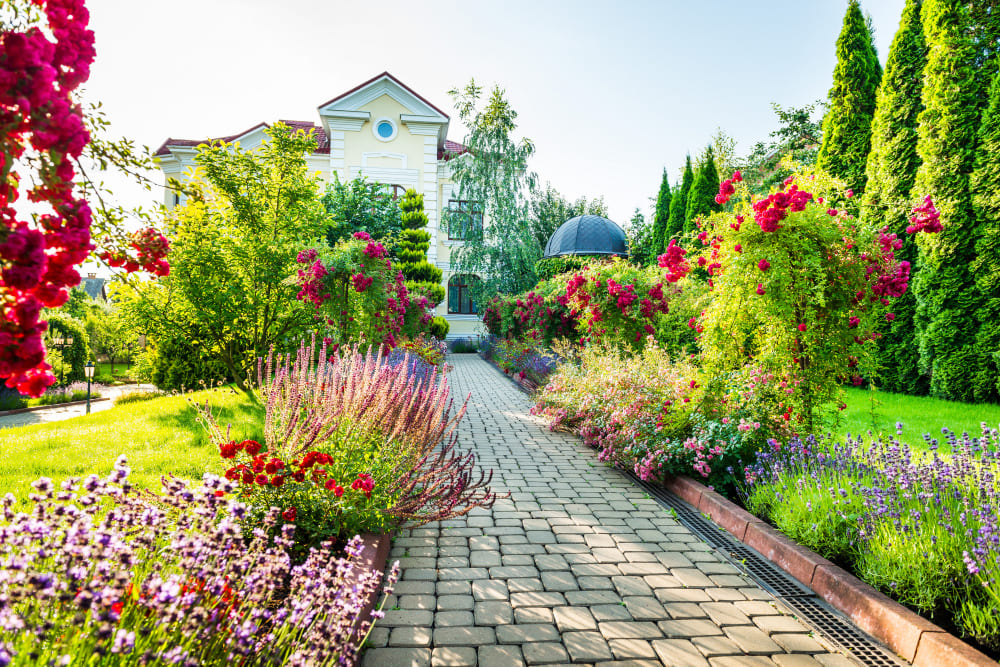
Yearly Blooms or Endless Beauty: Annual vs Perennial Plant
As gardening enthusiasts, we often ponder the age-old question: Between annual vs perennial plant options, which one should we choose?
Should we opt for the striking annual blooms that dazzle us each year or embrace the timeless allure of perennial plants that grace our gardens endlessly?
Ahead, we’ll unravel the unique characteristics and benefits of annuals vs perennial plants. Let’s dive in and discover the magic of these delightful plants!
What is an Annual Plant?
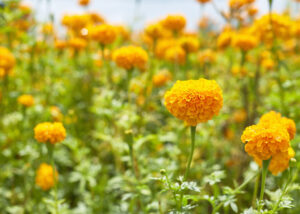
Annual plants complete their life cycle in only one growing season. From germination to growth, flowering, seed production, and ultimately death, all stages occur within this short time frame.
These plants are ideal for seasonal gardening as they offer a burst of colorful flowers that bloom in a short time.
Popular annual flowers include marigolds, petunias, and zinnias.
Gardeners often use annuals to add seasonal color to their gardens and flowerbeds, as they can be easily replaced or changed each year, offering endless possibilities for new floral displays.
What is a Perennial Plant?
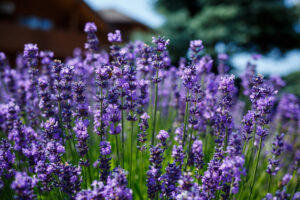
Unlike annuals that complete their life cycle within a single growing season, perennials endure through multiple years, providing a lasting presence in your garden with less frequent replanting and reduced maintenance efforts than annuals.
One notable trait is their well-developed root systems, which allow them to anchor themselves in the soil and efficiently uptake nutrients securely.
Their remarkable ability to survive winter conditions and return with renewed vitality each spring sets them apart.
Popular perennial flowers include roses, lilies, daisies, hostas, and lavenders.
Benefits of Annual Plants
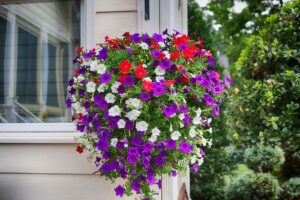
From vibrant blooms to practical benefits, annual flowering plants offer a delightful and rewarding experience for gardening enthusiasts of all levels. Here are some of their benefits:
- Continuous Blooms: Enjoy vibrant colors throughout their life cycle.
- Versatility: Fill empty spaces or create new displays with quick results.
- Easy Maintenance: Low effort, perfect for busy gardeners.
- Container Gardening: Ideal for small spaces and charming patio or balcony setups.
- Cost-Effective: Affordable option for experimenting with different species.
- Natural Pest Control: Some varieties, like nasturtiums and marigolds, repel pests, protecting nearby plants.
Benefits of Perennial Plants
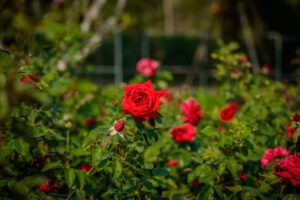
From their timeless beauty to eco-friendly attributes, perennial plants also offer various benefits that make them a cherished addition to any garden. Here are some of their benefits:
- Timeless Beauty: Return year after year, gracing gardens with captivating colors and shapes.
- Low Maintenance: Strong root systems mean less replanting and minimal effort.
- Eco-Friendly: Enhance soil, combat erosion, and support biodiversity for a sustainable world.
- Budget-Friendly: A cost-effective investment, as their endurance eliminates frequent replacements, saving money in the long run.
- Attracting Wildlife: Act as magnets for pollinators and beneficial insects, such as butterflies, bees, and birds, fostering biodiversity in your garden.
Types of Annual Plants
Here is a list of various types of annual plants and their growing season details, each with its unique charm and beauty.
Hardy or cool-season annuals
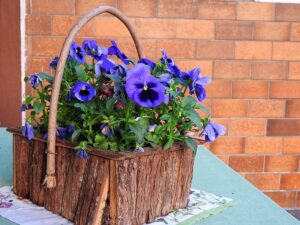
Hardy or cool-season annual plants are a type of plants that complete their entire life cycle within one growing season. They thrive in cooler temperatures and are typically planted in the fall or early spring.
These plants can withstand mild frosts and continue to grow and bloom even in chilly weather. Once the growing season ends, they will die off, and new seeds must be planted to start the next cycle.
Some popular hardy or cool-season annual plants are pansies, snapdragons, calendula, sweet alyssum, and dusty miller.
Tender or warm-season annuals
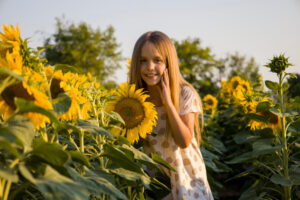
Unlike hardy or cool-season annual plants, tender or warm-season annuals thrive in warm temperatures and are usually planted in late spring or early summer when the weather is consistently warm.
These tender annuals are sensitive to cold temperatures and will not survive frost. Some popular examples are marigold, zinnia, petunia, sunflower, cosmos, celosia, and geranium.
Half-hardy annuals
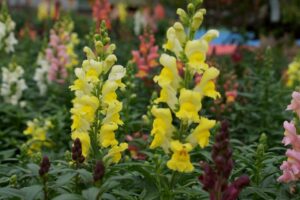
Half-hardy annuals are not fully tolerant to frost and colder temperatures, requiring protection or warm conditions to thrive. As a result, they are typically sown indoors or in a greenhouse and then transplanted outdoors after the risk of frost has passed.
Some popular options for half-hardy annuals are tagetes, ricinus, snapdragon, spider flowers, amaranthus, cobaea, and cleome.
Frequently Asked Questions
Are annuals or perennials better?
Annuals and perennials each have their unique advantages. Annuals offer vibrant blooms and a fresh start every year, while perennials provide long-lasting beauty and require less maintenance. The choice depends on your preferences and gardening goals.
Do hardy annuals come back every year?
No, hardy annuals do not come back each year. They complete their life cycle in one season and die, but their seeds may self-sow for new plants in the next growing season.
Is lavender an annual or perennial?
Lavender belongs to perennial plants because it has a life cycle extending for over two years.
Conclusion
In conclusion, the debate between annual vs perennial plant choices boils down to your gardening preferences and long-term goals.
Annuals dazzle with their yearly bursts of vibrant blooms, offering a fresh canvas for creativity each season. On the other hand, perennials stand strong as enduring symbols of beauty, requiring less maintenance and providing a diverse and evolving garden year after year.
If you seek continuous color and a chance to experiment with new varieties, annuals are the way to go. However, for those who crave a lasting elegant, gorgeous garden, planting perennials is the perfect solution.
So, whether you opt for perennial vs annual plant choices, your house garden beds will undoubtedly flourish with nature’s ever-changing beauty. Happy gardening!

